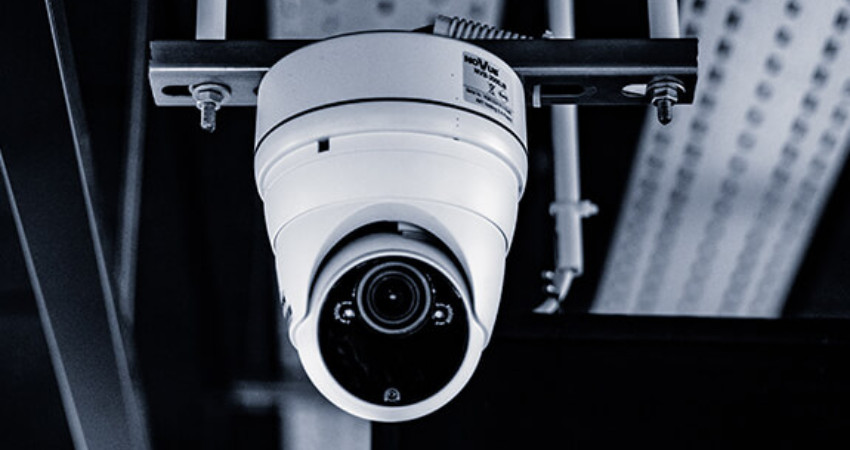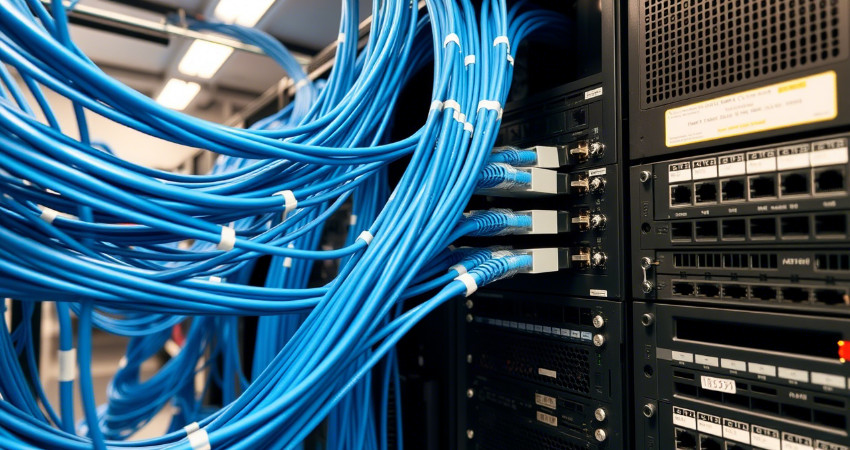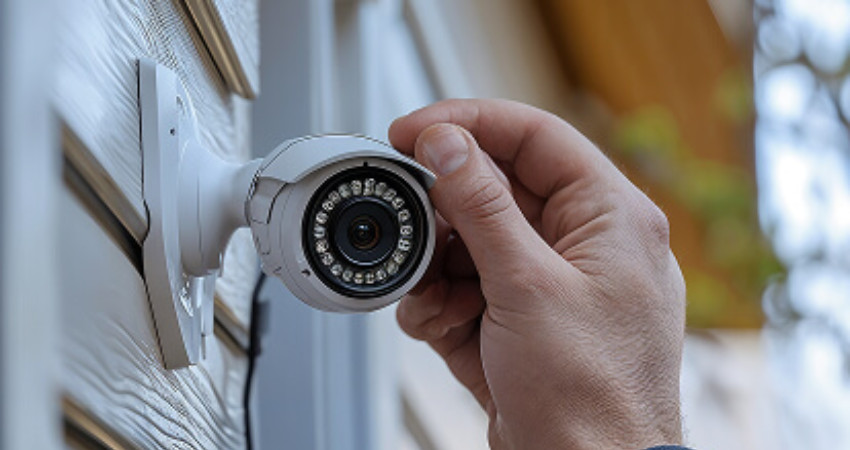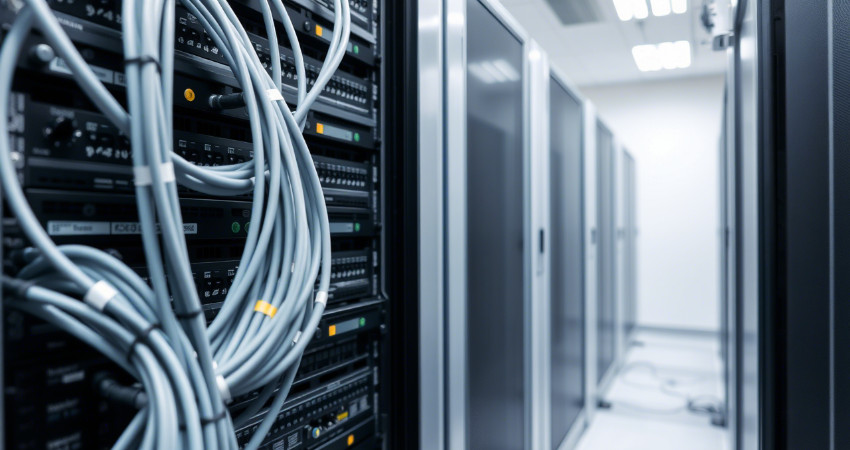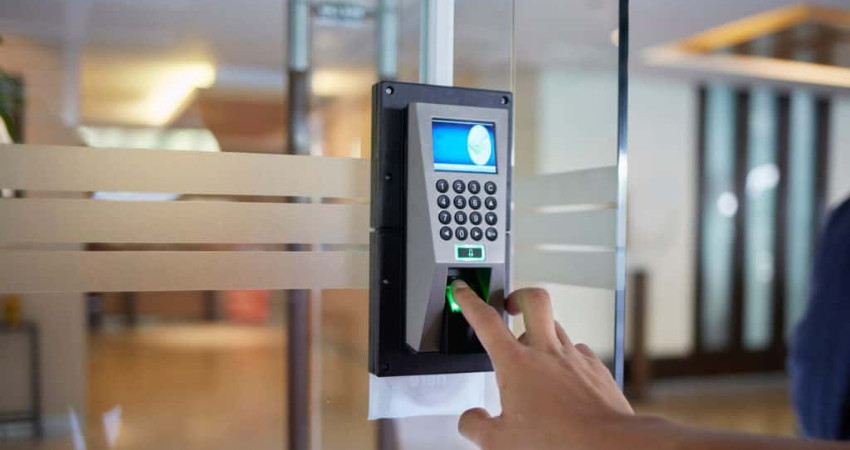
Benefits of Access Control for Modern Offices
Controlling who enters your office is more than a security measure—it's a smart way to manage your space, your people, and your peace of mind.
An access control system helps you decide who gets in, when, and where. This isn't just about doors. It's about managing responsibility, safety, and accountability.
Here’s how access control can help your office work better and feel safer.
1. Stop Relying on Physical Keys
Traditional keys are easy to lose and hard to track. Anyone can make a copy. When an employee leaves, you may need to change the locks. That’s expensive and inconvenient.
With access control, you can:
- Assign access cards or codes to each person
- Deactivate them instantly if lost or stolen
- Reassign access without replacing hardware
One office in Westlands reported saving over KES 50,000 annually by switching to card-based access because they no longer needed to rekey doors after staff exit.
2. Control Who Goes Where
Not everyone needs access to every room. A server room or a finance office should have restricted entry.
Access control lets you:
- Assign different access levels to different roles
- Restrict access to sensitive areas
- Track who accessed which room and when
You’ll know when someone entered the storeroom or tried accessing a locked area without permission.
3. Get a Log of Every Entry
If something goes wrong, guesswork isn’t helpful. You need clear records. Most access systems keep detailed logs of every entry, date, time, and person.
This helps with:
- Investigating incidents
- Auditing access to high-risk zones
- Understanding building usage trends
For example, if equipment goes missing, you can check the logs to see who accessed the room and when.
4. Reduce Unwanted Visitors
An open-door policy might sound friendly, but it can create risks. With access control, visitors don’t just walk in.
You can:
- Use intercoms to verify guests
- Issue temporary visitor passes
- Limit visitor movement inside the building
Offices that handle client data or store inventory benefit a lot from this. It’s harder for unauthorized people to slip in unnoticed.
5. Improve Employee Experience
Your team doesn’t want to wait at the reception to sign in every day. Or deal with stuck locks and missing keys.
Access control means:
- Quick, hands-free entry with cards or biometrics
- No lost keys to stress about
- Time-based access—only during working hours
Some systems even allow employees to use their phones to unlock doors. That’s faster and more convenient.
6. Integrate With Other Systems
Modern access control works well with:
- Alarm systems
- CCTV cameras
- Attendance tracking software
You can link access data with employee attendance logs or use access events to trigger cameras. For example, when someone enters after hours, a nearby camera can start recording.
7. Customize Access Schedules
Not everyone works 8 to 5. Some teams come in early, some stay late.
Access control lets you:
- Set custom access hours for each person
- Allow cleaning staff to access certain zones after hours
- Disable access automatically during holidays
This gives you more control without needing to physically be there.
8. Build Trust and Accountability
When people know their actions are logged, they act more responsibly. You’re not watching over them, but they understand there’s structure.
It’s not about surveillance. It’s about creating an environment where trust and transparency go hand in hand.
9. Prepare for Growth
A good access control system grows with your business. You can add new users, zones, and permissions without starting over.
Whether you expand to a new floor or open a second branch, you can use the same system to manage access remotely.
Final Thought
Access control isn’t just for large corporations or tech firms. Any office that values order, safety, and control can benefit.
The real value comes in knowing you’re in charge of your space, without being there 24/7.

